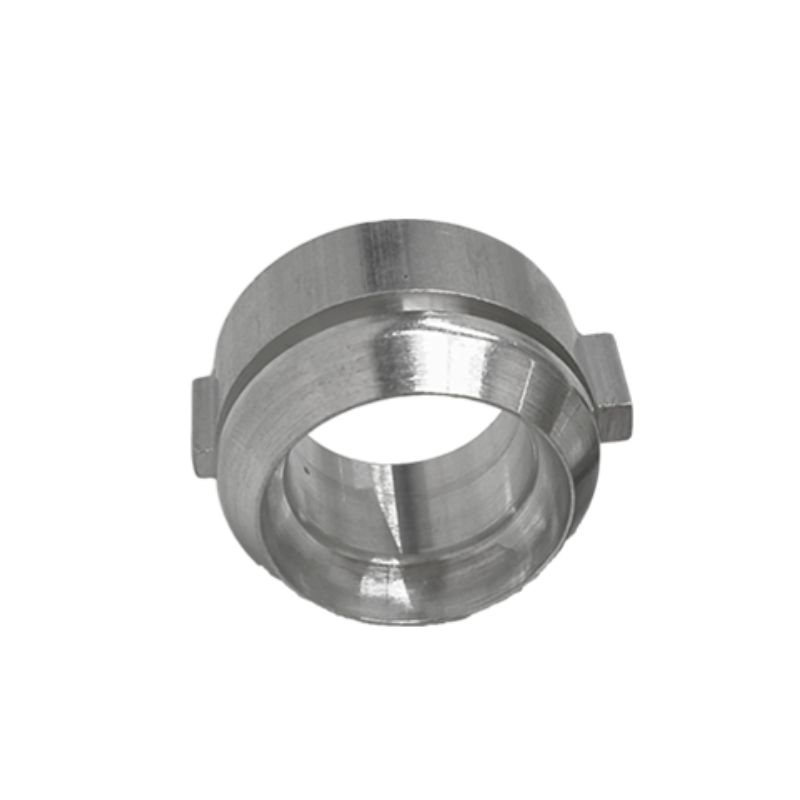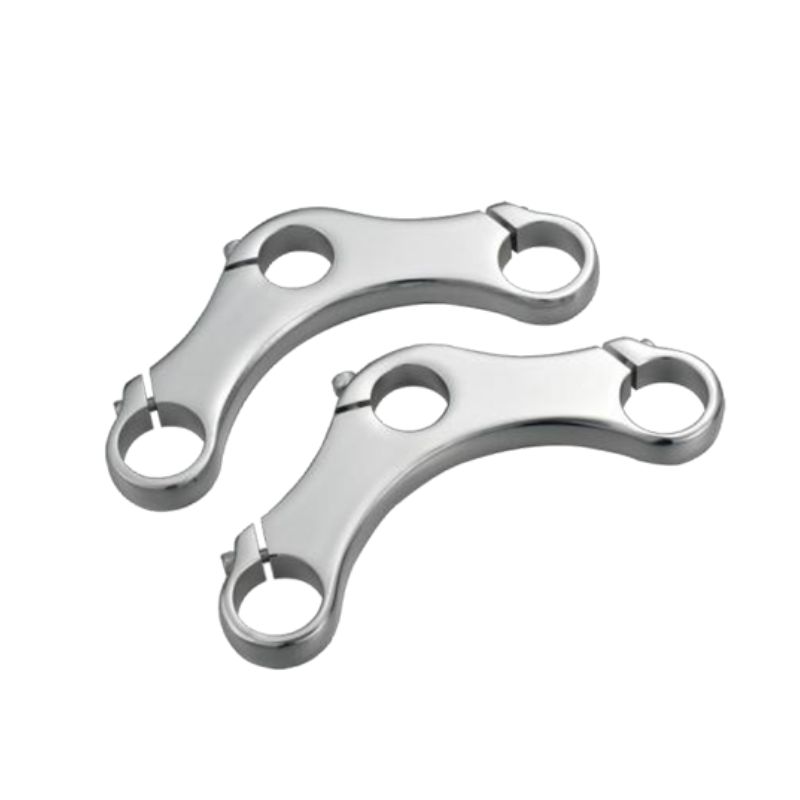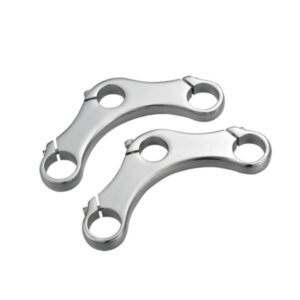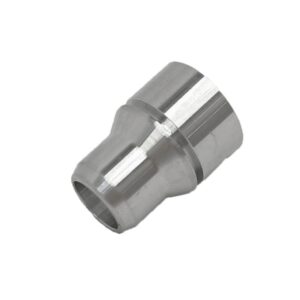Forging aluminum is a skilled craft that transforms this lightweight metal into robust and intricately shaped components. The process of forging involves applying compressive forces to shape the metal, enhancing its mechanical properties and creating parts with exceptional strength and durability. In this comprehensive guide, we explore the art of aluminum forging, covering the properties of aluminum, the forging process, equipment and tools, techniques, applications, and the key considerations to ensure successful forging.

1. Understanding the Properties of Aluminum:
Aluminum, a widely used metal in various industries, possesses unique properties that make it suitable for forging.
- Low Density:
- Aluminum’s low density makes it an ideal choice for applications where weight reduction is crucial, such as in the aerospace and automotive industries.
- Corrosion Resistance:
- The natural formation of an oxide layer on aluminum provides excellent resistance to corrosion, allowing forged components to withstand harsh environmental conditions.
- Malleability:
- Aluminum’s malleability enables it to be shaped easily, making it suitable for intricate and complex forging processes.
2. The Aluminum Forging Process:
The forging of aluminum involves several steps, each contributing to the final quality and properties of the forged components.
- Billet Preparation:
- The process begins with the preparation of aluminum billets, which are heated to the appropriate temperature for forging.
- Heating:
- The billets are heated to a specific temperature, typically between 700°C and 500°C, depending on the alloy used. This temperature range ensures the material reaches the required malleability.
- Forging:
- The heated billets are then subjected to compressive forces in a forging press or hammer. This process shapes the aluminum into the desired form, aligning the grain structure and enhancing its mechanical properties.
- Heat Treatment:
- Post-forging, heat treatment processes may be employed to further refine the material’s properties, such as through quenching and tempering.
- Machining and Finishing:
- Forged aluminum components undergo machining and finishing operations to meet specific design requirements. These processes ensure dimensional accuracy and surface quality.
3. Equipment and Tools for Aluminum Forging:
Successful aluminum forging requires specialized equipment and tools to handle the unique characteristics of the material.
- Forging Press or Hammer:
- A forging press or hammer applies the compressive forces needed to shape the aluminum. Different types of presses and hammers may be used, depending on the size and complexity of the components.
- Heating Furnace:
- A heating furnace is essential for uniformly heating the aluminum billets to the required temperature. Precise temperature control is crucial to achieve optimal malleability.
- Dies and Tooling:
- Dies and tooling are designed to shape the aluminum into specific forms. They play a critical role in determining the final geometry and properties of the forged components.
- Cooling Systems:
- Cooling systems, such as quenching baths, are employed during heat treatment processes to control the cooling rate and achieve desired material properties.
4. Techniques in Aluminum Forging:
Various techniques are employed in aluminum forging to achieve specific shapes and characteristics.
- Open-Die Forging:
- Open-die forging involves shaping the aluminum between flat dies, allowing for flexibility in creating different shapes and sizes.
- Closed-Die Forging:
- Closed-die forging confines the aluminum within dies, providing greater precision and control over the final shape. This technique is often used for complex and detailed components.
- Impression Die Forging:
- Impression die forging involves using dies with pre-designed impressions to create intricate details and specific geometries in the forged aluminum.
5. Applications of Forged Aluminum:
Forged aluminum components find applications across diverse industries, taking advantage of the material’s strength and versatility.
- Aerospace Industry:
- Forged aluminum is widely used in aerospace applications, including aircraft structural components, engine parts, and landing gear, where lightweight strength is crucial.
- Automotive Sector:
- The automotive industry utilizes forged aluminum for suspension components, engine parts, and lightweight structural elements, contributing to improved performance and fuel efficiency.
- Sporting Goods:
- Forged aluminum is employed in the manufacturing of sporting goods, such as bicycle frames, golf club heads, and components for various athletic equipment, capitalizing on its strength-to-weight ratio.

6. Considerations for Successful Aluminum Forging:
To ensure successful aluminum forging, certain considerations must be taken into account.
- Alloy Selection:
- Choosing the right aluminum alloy is crucial, as different alloys offer varying properties such as strength, heat resistance, and corrosion resistance.
- Temperature Control:
- Precise temperature control during heating and forging is essential to achieve optimal malleability and prevent undesirable effects such as overheating or underheating.
- Tooling Design:
- Well-designed dies and tooling are critical for achieving the desired shapes and dimensions in the forged aluminum components. Proper tooling design minimizes defects and ensures consistency.
- Heat Treatment:
- Applying the correct heat treatment processes post-forging is vital to achieve the desired mechanical properties and enhance the material’s performance.
7. Future Trends and Innovations:
As technology advances, future trends in aluminum forging are likely to focus on improving efficiency, precision, and sustainability.
- Advanced Simulation and Modeling:
- Advances in simulation and modeling technologies will enable more accurate predictions of the forging process, optimizing designs and reducing trial-and-error efforts.
- Sustainable Practices:
- Sustainable forging practices, including energy-efficient heating processes and recycling of scrap material, will become increasingly important to reduce the environmental impact of aluminum forging.

In conclusion, mastering the art of aluminum forging involves a deep understanding of the material’s properties, the intricacies of the forging process, and the careful selection of equipment and techniques. From aerospace components to automotive parts and sporting goods, forged aluminum components contribute to industries seeking strength, durability, and versatility. As technology continues to evolve, the future of aluminum forging holds exciting possibilities, promising innovations that will further refine this age-old craft and elevate it to new heights of precision, efficiency, and sustainability.




